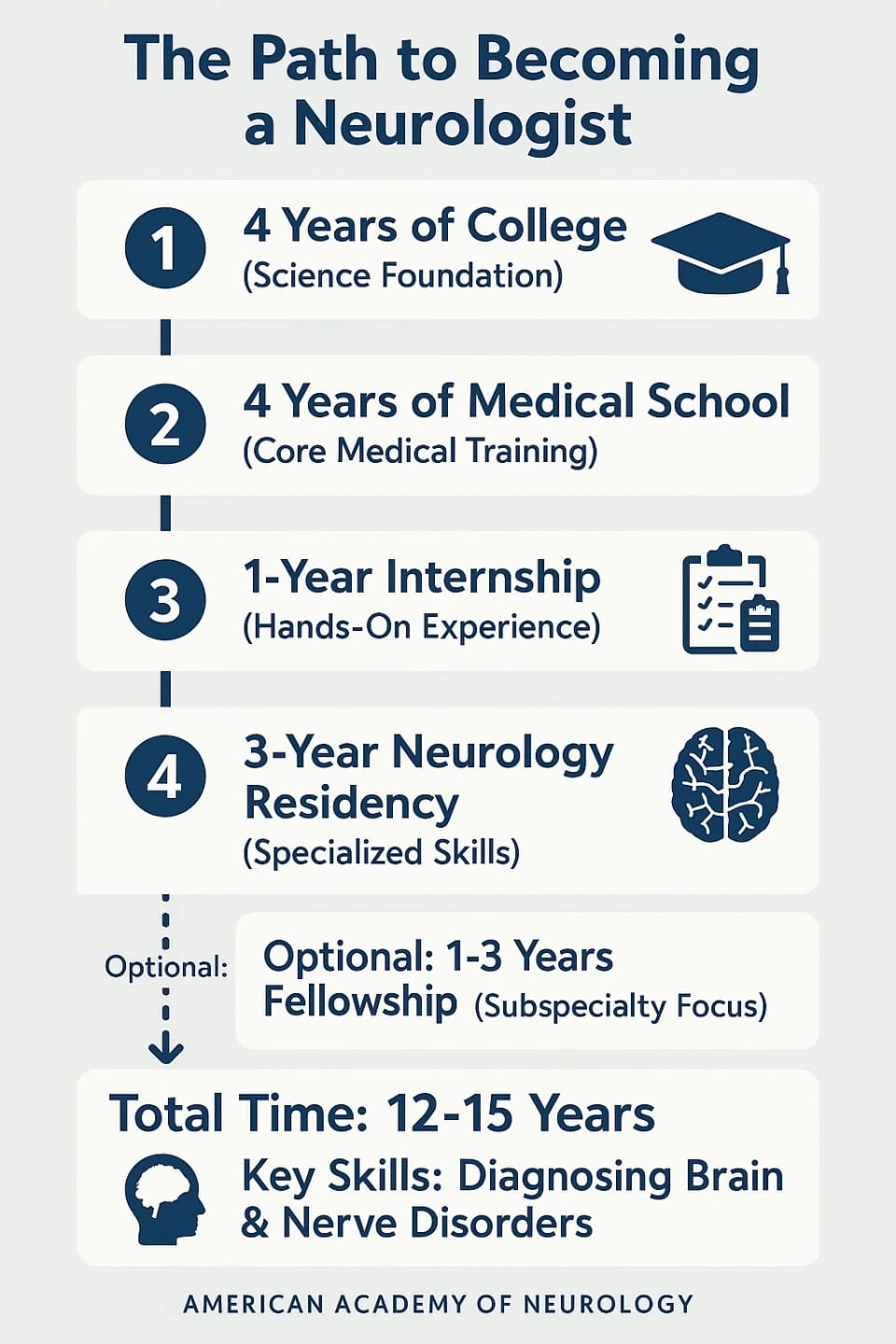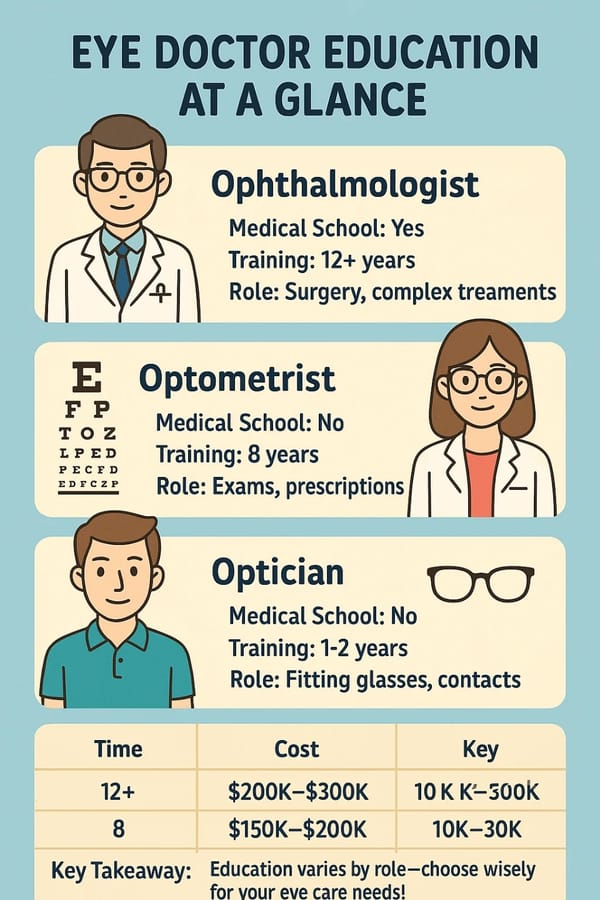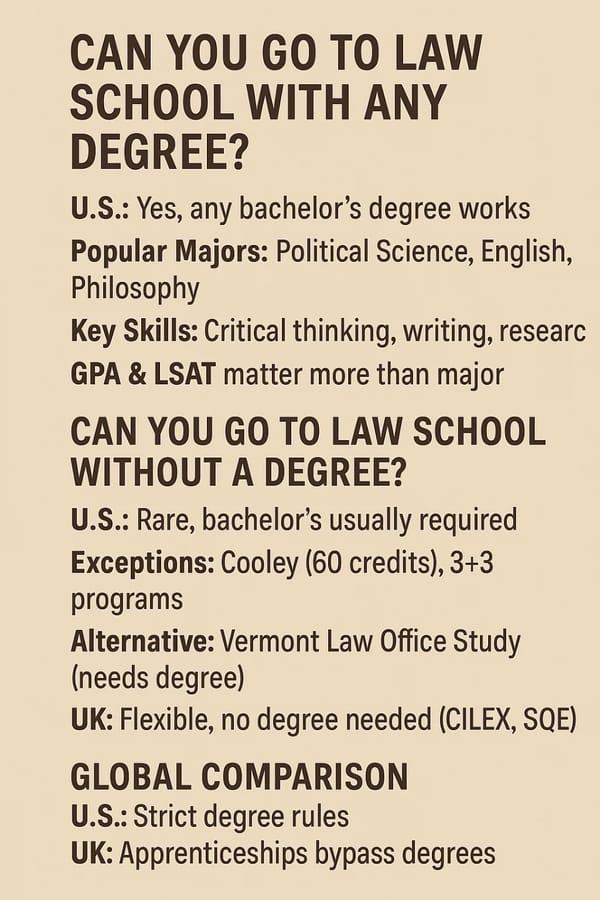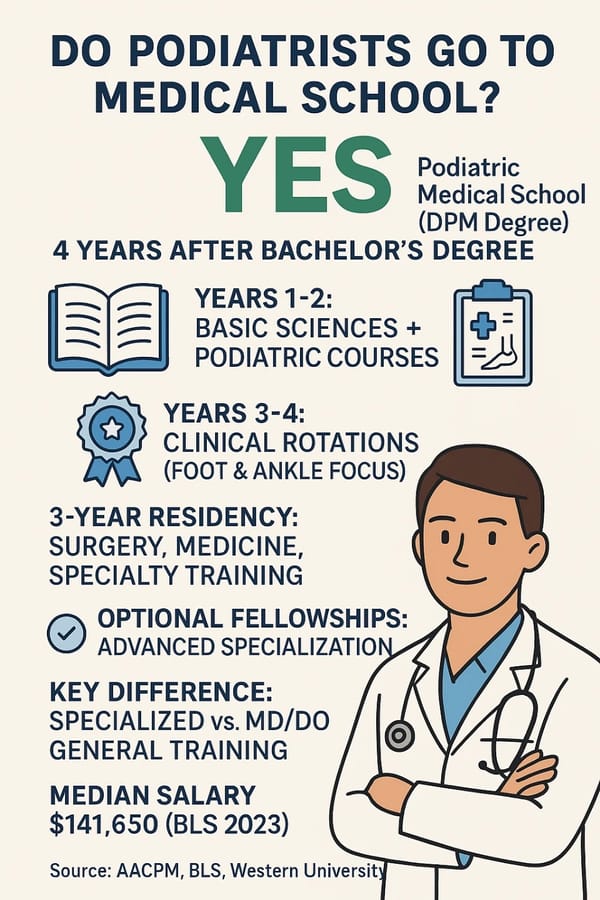Have you ever wondered what it takes to unravel the mysteries of the human brain? Imagine diagnosing and treating conditions like epilepsy, Alzheimer’s, and strokes. Neurologists do just that, navigating the intricate pathways of the nervous system to bring healing and hope. But before they can embark on this incredible journey, they must undergo a rigorous and extensive educational path—and yes, that includes medical school. Whether you’re dreaming of a career in medicine or simply curious about your doctor’s qualifications, understanding this path is crucial. This guide will cover everything from the necessity of medical school to the full career trajectory, offering insights and tips for success.
Do Neurologists Go to Med School? The Core Question
The answer is a resounding yes: neurologists go to medical school. Neurologists are medical doctors who specialize in the nervous system, and like all physicians, they must complete medical school to earn their M.D. (Doctor of Medicine) or D.O. (Doctor of Osteopathic Medicine) degree. This typically takes four years after completing a bachelor’s degree, making it a critical step in their journey.
Medical school is where aspiring neurologists gain foundational knowledge in anatomy, physiology, and clinical skills, setting the stage for their specialized training. According to the American Academy of Neurology, this phase is essential for building the expertise needed to tackle complex neurological disorders, such as multiple sclerosis or Parkinson’s disease. For instance, the Vault career guide notes, “Neurologists first earn an M.D. degree and become licensed to practice medicine,” reinforcing that medical school is non-negotiable (Vault Neurologists Requirements).
The Educational Journey
Key Points
- Research suggests neurologists typically complete medical school as part of their training to become specialists in the nervous system.
- The evidence leans toward a standard path including 4 years of college, 4 years of medical school, and further training like residency.
- It seems likely that this extensive education is necessary for diagnosing and treating complex neurological conditions.
Yes, neurologists do go to medical school. This is a crucial step in their journey to becoming specialists who diagnose and treat disorders of the brain, spinal cord, and nerves. Medical school, typically lasting 4 years after a bachelor’s degree, equips them with foundational medical knowledge and clinical skills. For example, they learn about anatomy and physiology, which are essential for understanding the nervous system.
After medical school, neurologists undergo additional training, including a 1-year internship and a 3-year residency focused on neurology. Some may also pursue optional fellowships for subspecialties like epilepsy. This long path ensures they’re well-prepared for their roles, which can be unexpectedly demanding given the complexity of neurological conditions.
The Step-by-Step Path to Becoming a Neurologist
Becoming a neurologist is a marathon, not a sprint. It’s a long but rewarding path that requires dedication at every stage. Let’s break it down into clear phases, ensuring clarity for aspiring students.
College: Laying the Foundation
First, you’ll need a bachelor’s degree, usually taking four years. While there’s no specific major required, many future neurologists study biology, chemistry, or neuroscience to build a strong science background. This phase is all about preparing for the next big step: medical school. The U.S. Bureau of Labor Statistics highlights that typical applicants have degrees in biology or physical sciences, which align with medical school prerequisites (Educational Requirements for Neurologists). Imagine spending these years diving into labs, volunteering at hospitals, and getting a taste of what medicine is like.
Medical School: Where It Gets Real
After college, it’s time for medical school, another four years of intense study. Here, you’ll learn everything from diagnosing diseases to performing physical exams. The first two years are often classroom-based, covering subjects like pharmacology and pathology, while the last two involve clinical rotations in various specialties, including neurology. This is where you’ll start to see if neurology is your calling. The Cleveland Clinic confirms this standard, noting medical school as a 4-year program (Neurologist Overview).
Internship and Residency: Hands-On Learning
Once you graduate from med school, you’re not done yet. Next up is a one-year internship, often in internal medicine, followed by a three-year residency focused on neurology. During residency, you’ll work directly with patients under supervision, honing your skills in diagnosing and treating nervous system disorders. It’s challenging but crucial for building expertise. The American Academy of Neurology details this, mentioning a 1-year internship and at least 3 years of specialized neurology training, which can be through categorical (4 years total) or advanced programs (How to Become a Neurologist).
Fellowships: Specializing Further
After residency, some neurologists choose to pursue fellowships, which can last one to three years, depending on the subspecialty. Options include epilepsy, movement disorders, or neurocritical care. This step is optional but can open doors to more specialized and rewarding career paths. For example, the AAN lists subspecialties like Autonomic Disorders and Neuro-oncology, offering opportunities for further certification (How to Become a Neurologist).
Timeline Summary
To give you a clearer picture, here’s a table summarizing the timeline, sourced from multiple credible sources including the Cleveland Clinic and AAN:
| Stage | Duration | Key Focus |
| College | 4 years | Build science foundation, prepare for med school |
| Medical School | 4 years | Learn medicine basics, clinical rotations |
| Internship | 1 year | Hands-on training in medicine |
| Residency (Neurology) | 3 years | Specialize in neurology, patient care |
| Fellowship (Optional) | 1-3 years | Subspecialty training, e.g., epilepsy |
This table, adapted from the Cleveland Clinic and AAN, highlights the structured path, ensuring visual engagement for readers.
Why This Matters for Aspiring Neurologists
So, why does all this matter? For one, the path to becoming a neurologist is long and competitive. Medical school acceptance rates are low, and residency programs can be intense, as noted by Zippia, which analyzed real neurologist resumes showing the high educational bar (Neurologist Education Requirements). But the rewards are immense. Imagine helping a patient regain mobility after a stroke or diagnosing a rare condition that changes someone’s life. It’s intellectually stimulating and deeply fulfilling.
Plus, the demand for neurologists is growing, especially with an aging population facing more neurological conditions like dementia. The Empire Medical Training Blog emphasizes the rewarding nature of the profession, noting, “It’s also a rewarding profession that enables you to help patients every day” (Becoming a Neurologist). If you’re passionate about science and helping others, this career can be incredibly rewarding.
Tips for Success in Neurology Schooling
If you’re considering this path, here are some tips to set you up for success, tailored for high school and college students:
- Start Early: Take science courses in high school and college to build a strong foundation. The AAN suggests initiatives like Neuroscience Is...Cool for K-12 students to spark interest (Neuroscience Is Cool).
- Volunteer: Gain experience by volunteering at hospitals or shadowing neurologists to see the field in action. The Chron article recommends college volunteer work related to medicine (Educational Requirements for Neurologists).
- Ace the MCAT: This standardized test is crucial for med school admissions, so prepare thoroughly. Many sources, like UMHS, highlight its importance (How to Become a Neurologist).
- Stay Resilient: The journey is long, so stay focused on your goals and seek support when needed. Resources like the AAN offer free memberships for medical students, including access to annual meetings (Student Membership Benefits).
Conclusion: Summing It Up
In conclusion, neurologists do go to medical school, and it’s just the beginning of a fascinating journey. From 4 years of college to 4 years of medical school, followed by a 1-year internship, 3-year residency,






